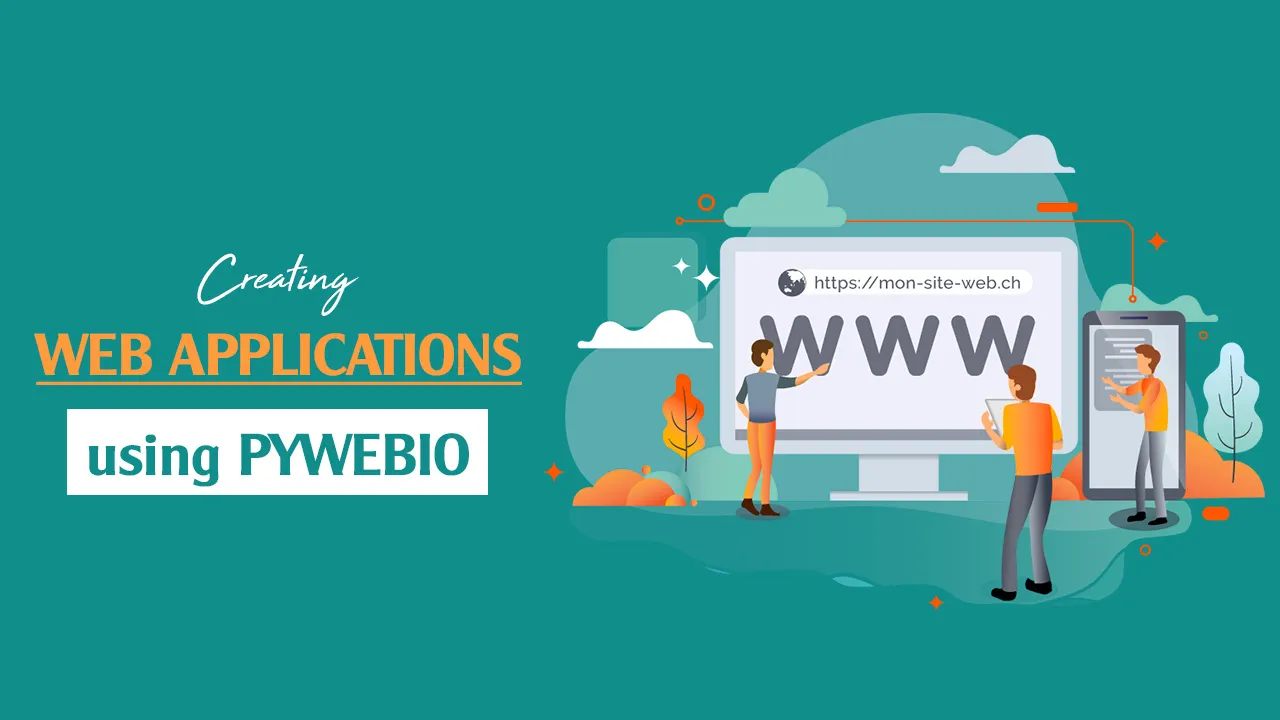If you want to create a web application using Python, you can choose to use sophisticated and highly customizable packages like Flask, FastAPI or Django; or create a barebones web application using Streamlit. PyWebIO is another Python package that enables you to create simple web applications without prior knowledge of HTML and Javascript. The idea behind PyWebIO is to use the browser as a rich-text terminal, which is reflected in how web applications are written.
Register for Free Hands-on Workshop: oneAPI AI Analytics Toolkit
What’s the difference between Streamlit and PyWebIO?
The key factor that differentiates the two libraries is how applications are coded and their execution flow. Streamlit works responsively, i.e., every time the user interacts with a widget, the script is re-executed and the output of the widget is updated with the new value returned in the run. On the other hand, PyWebIO linearly runs the code much like a series of terminal commands. The output functions display content in the browser in real-time, and the input function blocks the execution until the user submits the input, much like Python’s built-in input(). This enables developers to easily convert existing terminal programs into web applications by replacing the input and output functions.
#developers corner #fastapi #flask #python libraries #pywebio #streamlit #web applications
